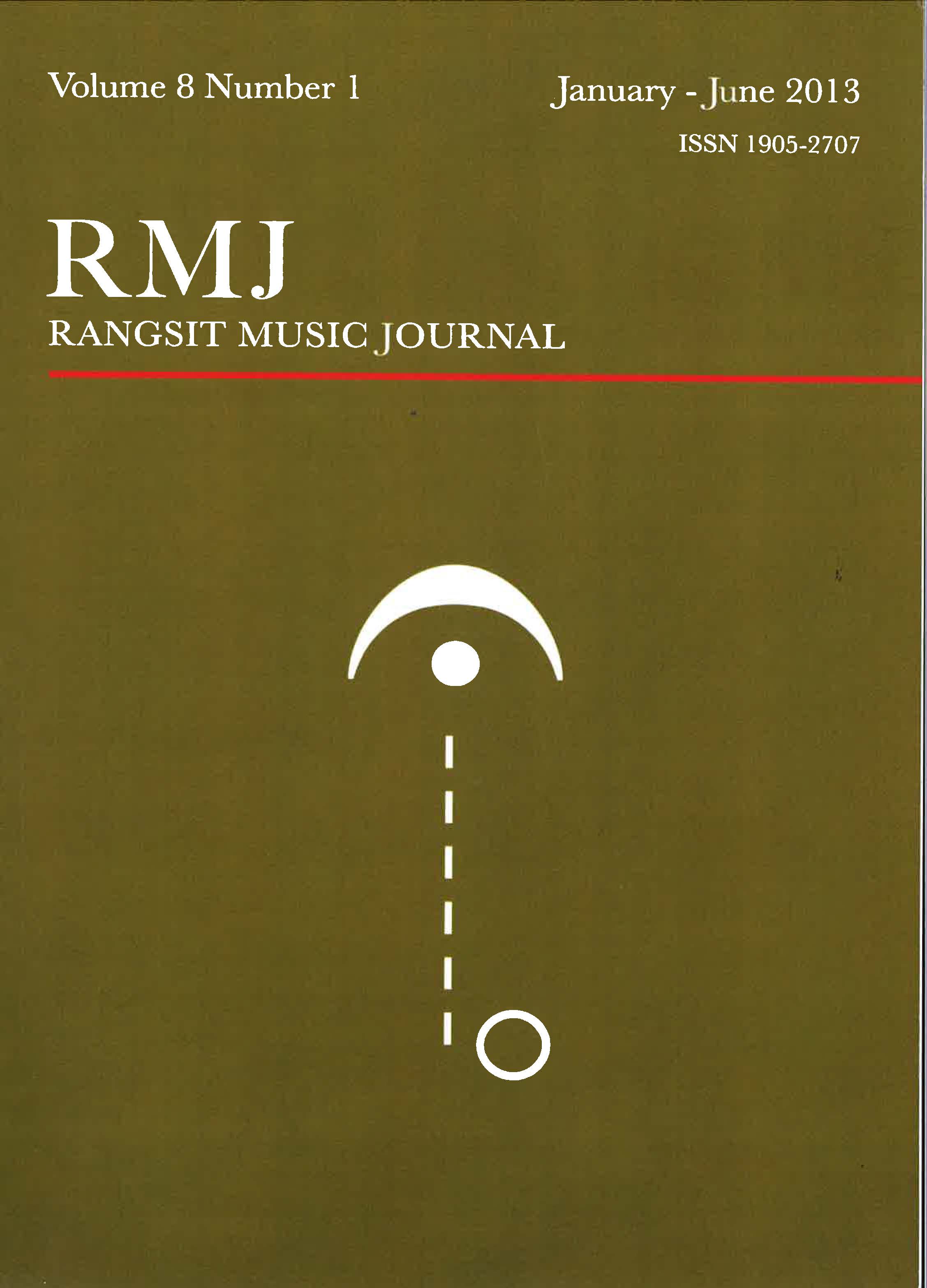Surmising the Compulsions of Creativity
Keywords:
harmonic language, Anton Webern, harmony languageAbstract
Undergraduate theory texts and coursework have traditionally been focuses on concepts that create form, harmony and harmonic language, unusual features and temporal organization in tonal, and more recently, atonal music. Understandably, and perhaps due the space restrictions, emphasis has been placed almost entirely on empirical topics of structural significance within those criteria. By way of an example taken from the third movement of Anton Webern's Op.5 String quartet, the author illustrates the need and value of straying from the empirical and chancing conjecture while analyzing compositions influenced by composers's enigmatic game-like constructs.
References
2. Strauss, Joseph N. Introduction to Post-Tonal Theory. Upper Saddle River, NJ: Prentice Hall, 2000.
3. Turek, Ralph. The Elements of Music, Volume II. New York: McGraw Hill, 1996.
4. Webern, Anton. The Path to the New Music. Translated by Leo Black. Bryn Mawr, PA: Theodore Presser, 1963.
Downloads
Published
How to Cite
Issue
Section
License
กองบรรณาธิการฯ สงวนสิทธิ์ในการพิจารณาและตอบรับการตีพิมพ์ ความรับผิดชอบใดๆ เกี่ยวกับเนื้อหาและความคิดเห็นในบทความเป็นของผู้เขียนต่อบทความนั้นๆ กองบรรณาธิการฯ ไม่ต้องรับผิดชอบ



